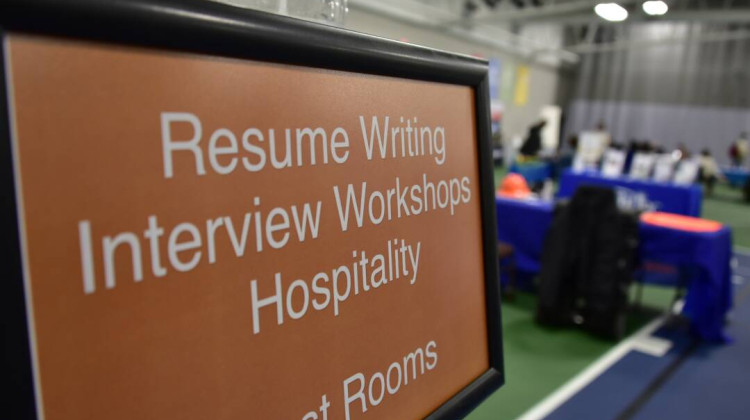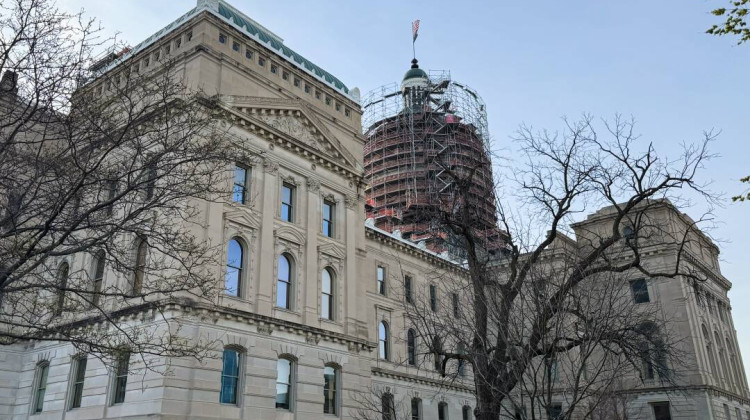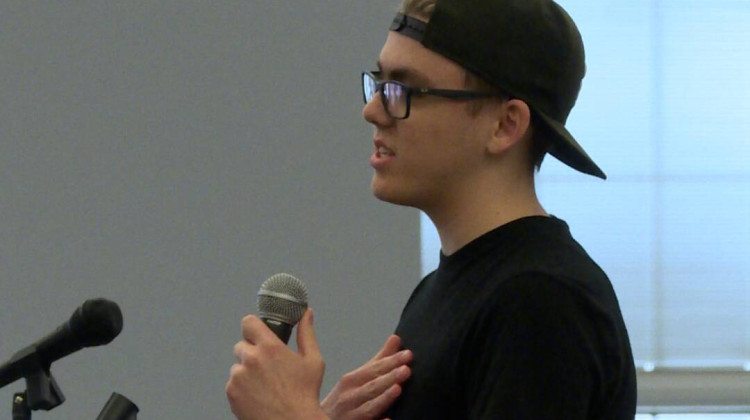
The Indiana Supreme Court will hear arguments in a lawsuit challenging the state's near-total abortion ban.
Brandon Smith/IPB NewsAttorneys for abortion care providers and the state will argue the constitutionality of Indiana’s near-total abortion ban before the state’s highest court this week.
Indiana’s abortion ban, SEA1 (ss), only allows the procedure if a pregnant person’s life or serious health is at risk, in some cases of lethal fetal anomalies, and in some cases of rape or incest.
Indiana’s primary providers of abortion care, including Planned Parenthood and Whole Woman’s Health, sued the state shortly before the ban was set to take effect. They argue that the right for people to make decisions about their bodies – including abortions – is guaranteed by the Indiana Constitution, specifically its right to liberty.
READ MORE: Judge blocks Indiana abortion ban week after it took effect
A county judge agreed, halting the law in September. It’s remained blocked since, during the appeals process. The Indiana Supreme Court is now set to determine the issue, hearing arguments in the case Thursday.
There’s no indication yet how long the justices might take to make a ruling.
Contact reporter Brandon at bsmith@ipbs.org or follow him on Twitter at @brandonjsmith5.
9(MDAyMzk1MzA4MDE2MjY3OTY1MjM5ZDJjYQ000))
 DONATE
DONATE






 Support WFYI. We can't do it without you.
Support WFYI. We can't do it without you.